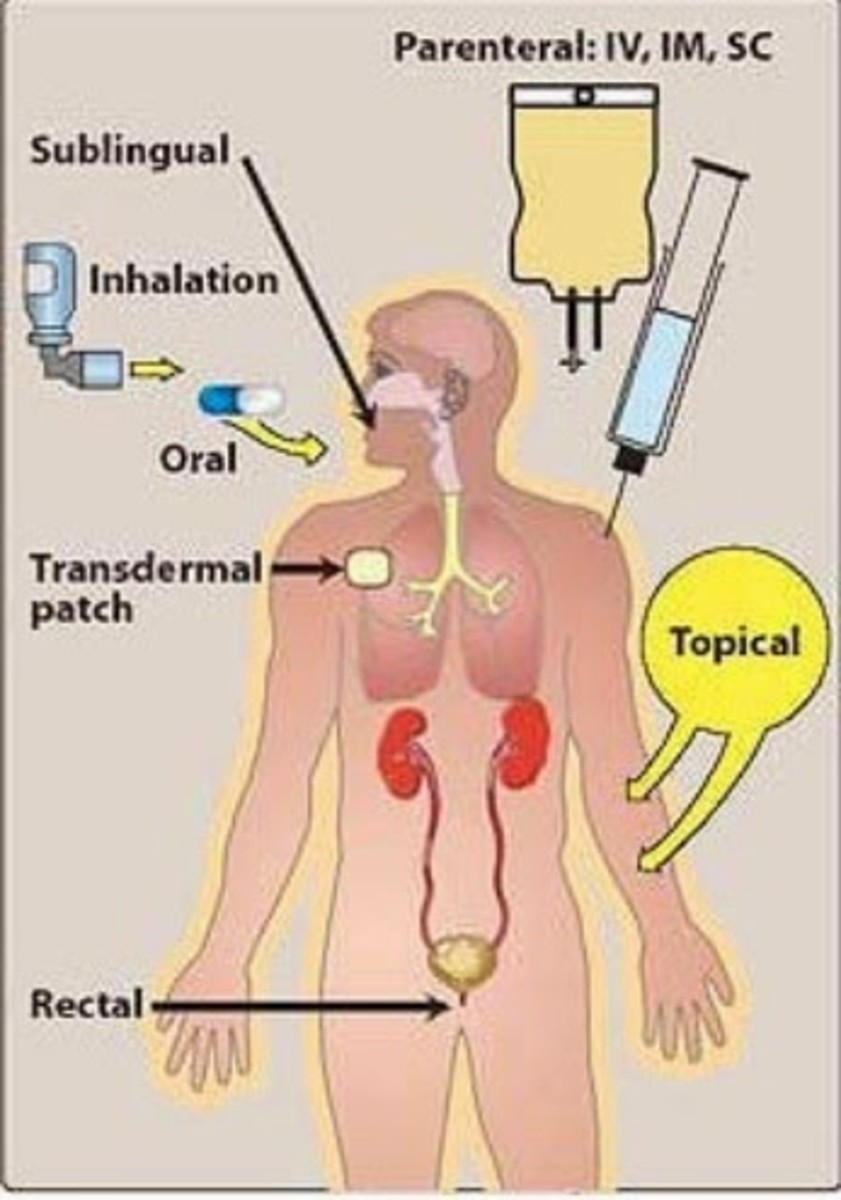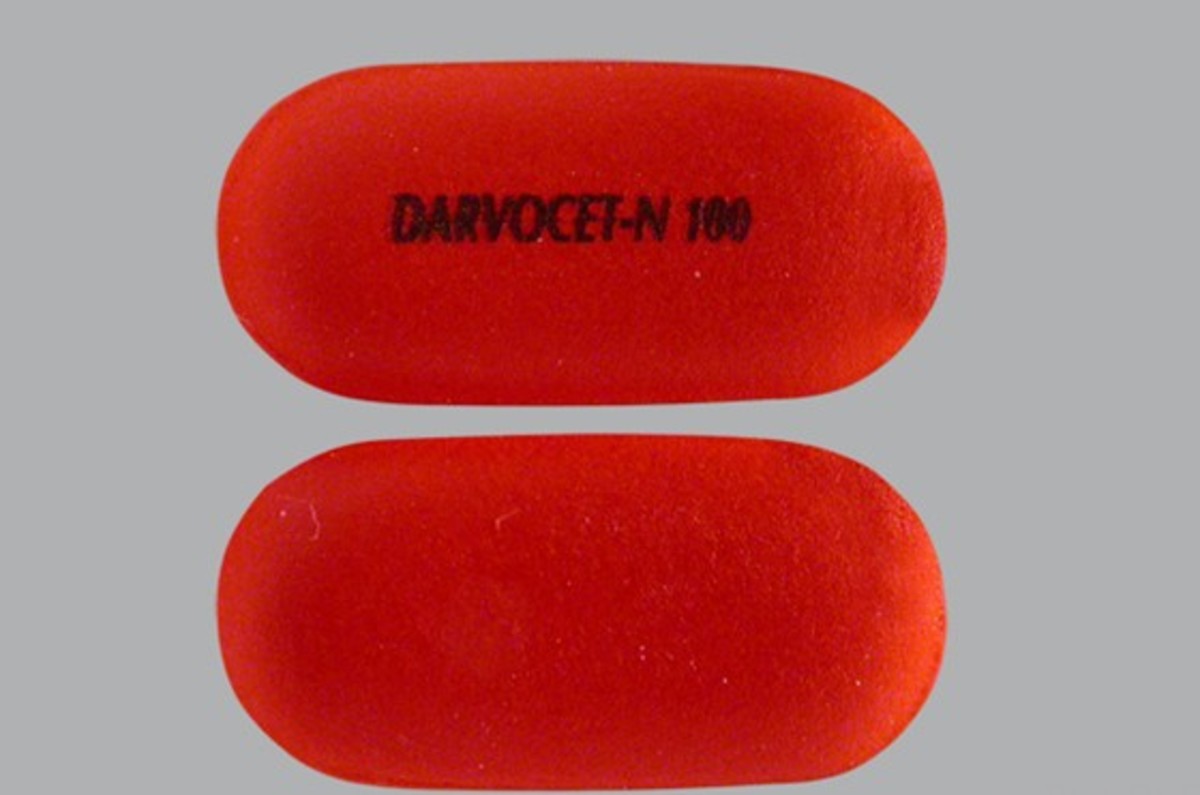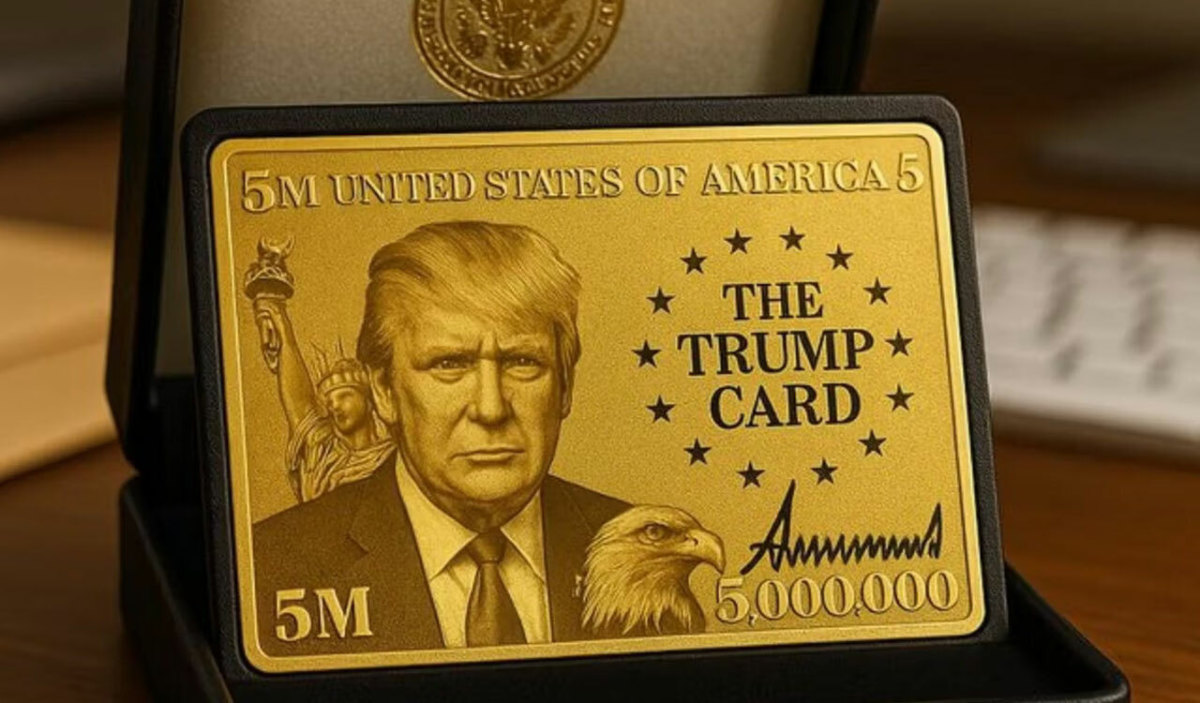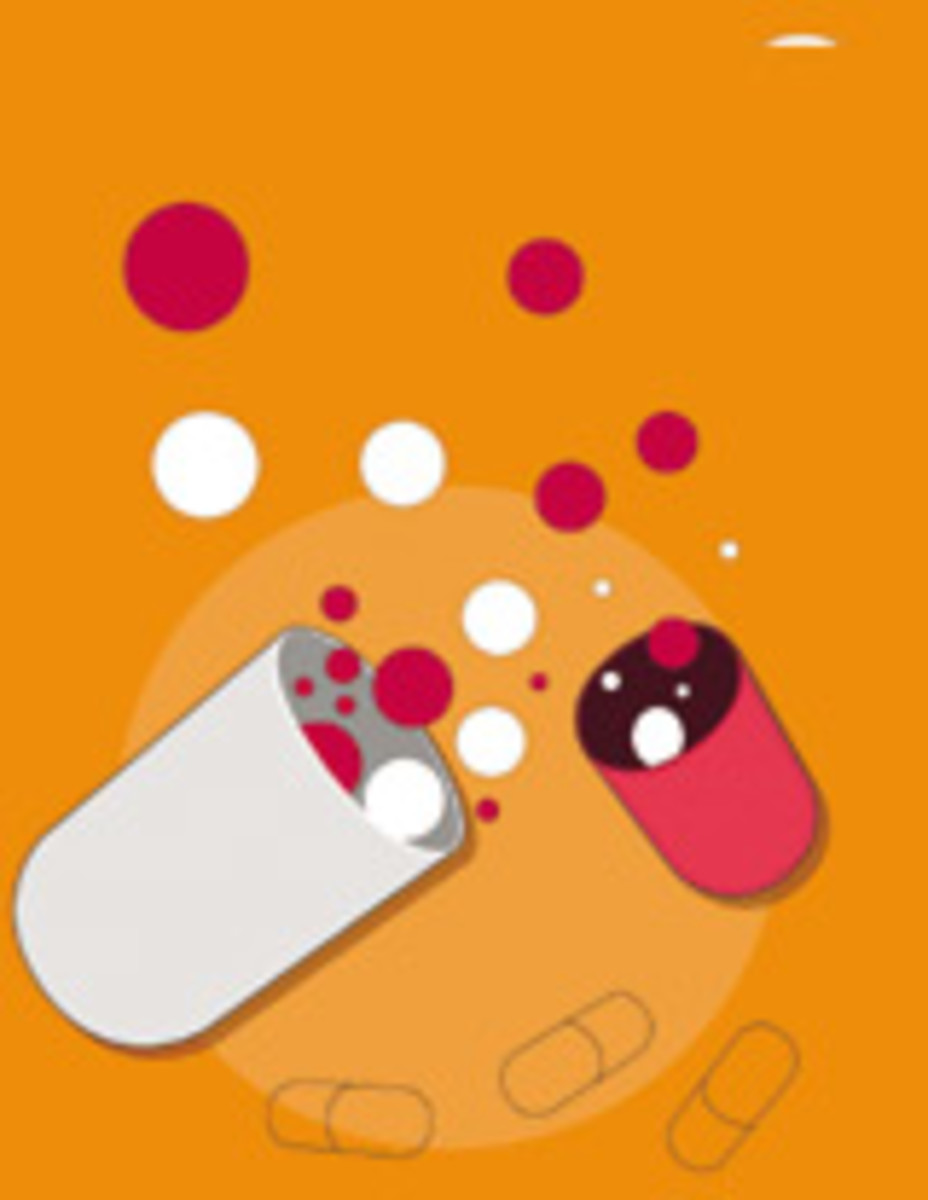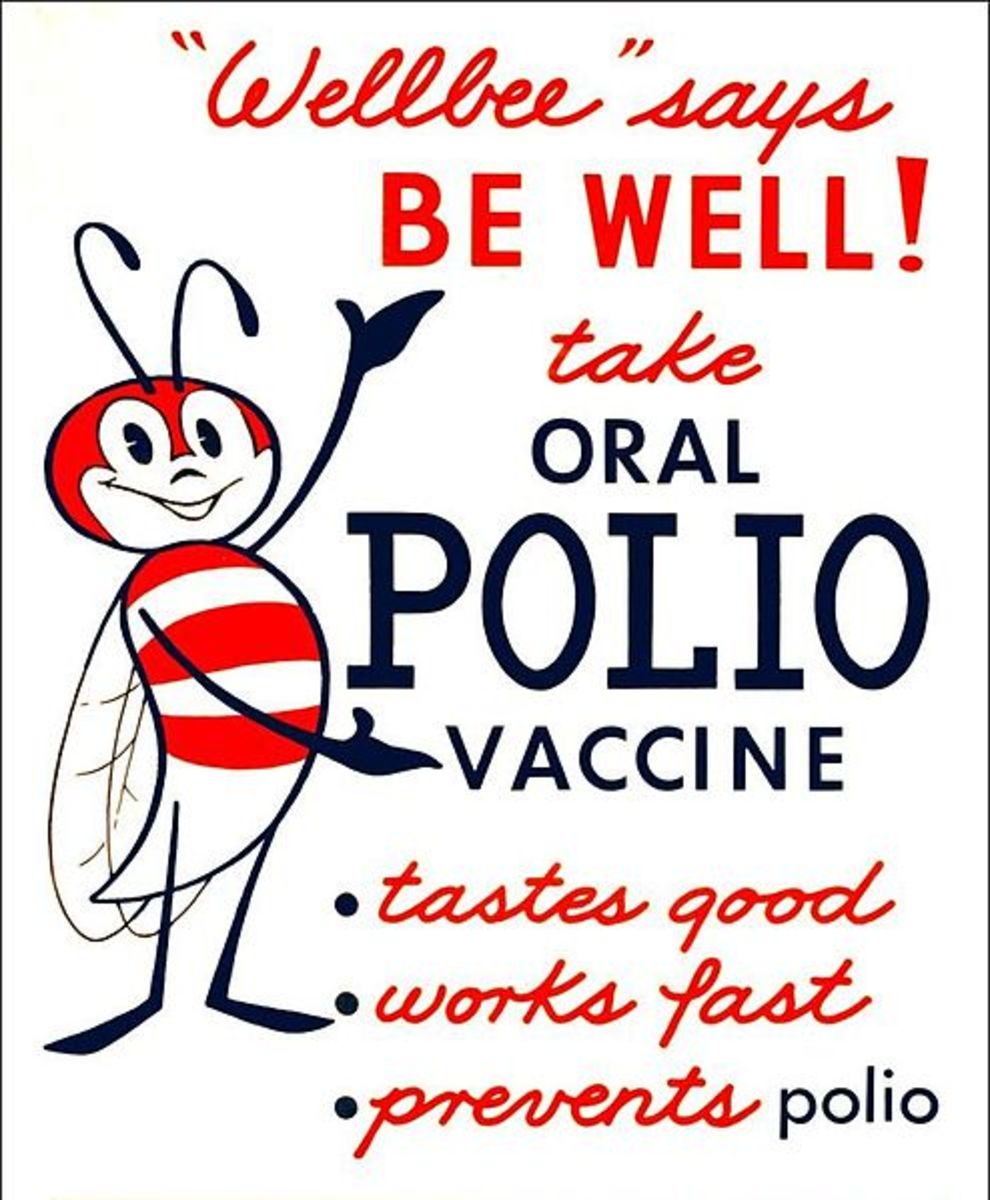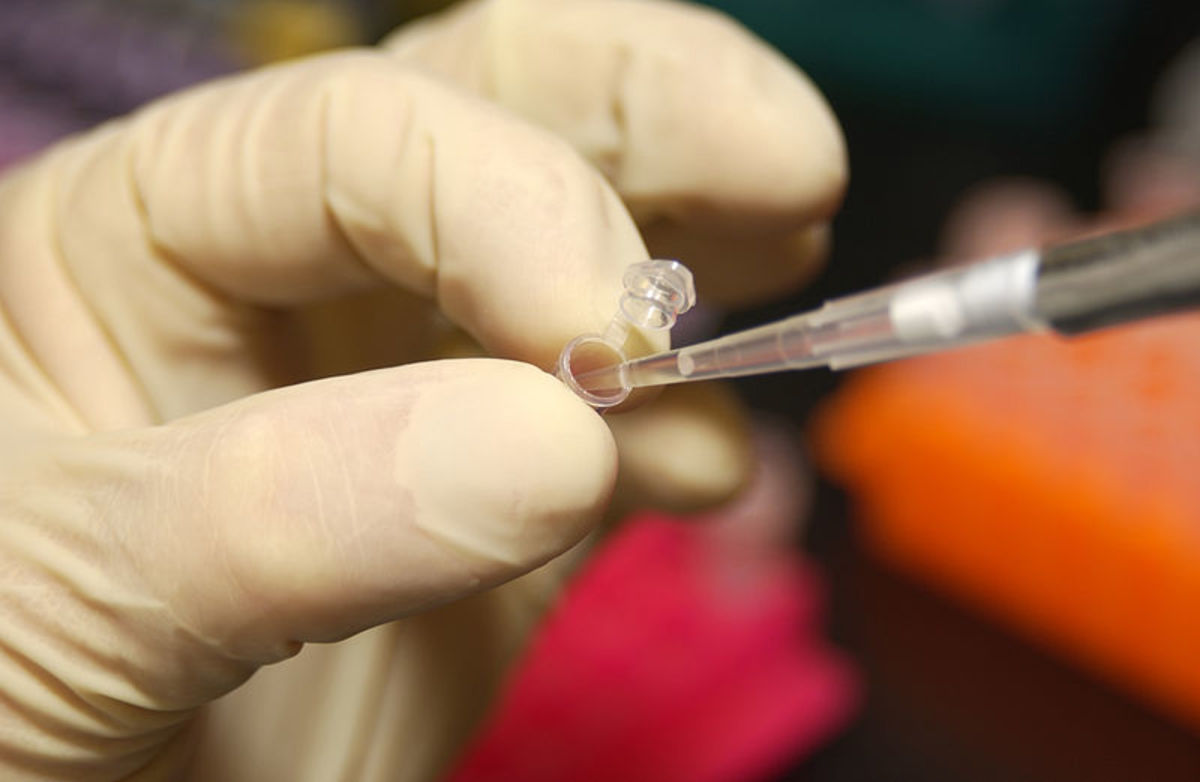What is the FDA?
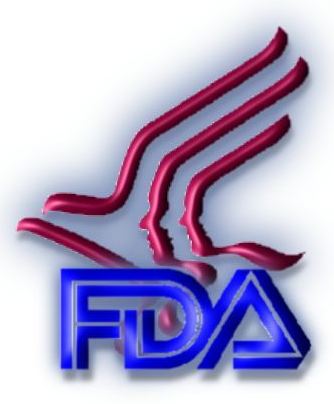
Protecting and Promoting Your Health
If you have ever eaten any food or taken any medicine or used any piece of medical equipment...you must have heard of the FDA. We see statements from the FDA all around us. Supplements found on the vitamin shelf in your local pharmacy say "These statements have not been evaluated by the FDA." The FDA requires that. Prescription bottles that come into my pharmacy all say "May not be dispensed without a prescription." The FDA requires that. Advertisements for drugs on TV run through a seeming endless (and sometime hilarious) list of possible side effects. Why? The FDA requires it. Food products all contain nutritional information for consumers because...you guessed it...the FDA requires it!
But who is the FDA? What is this organization? Where did it come from and what do they do?
As a pharmacist, my interest in the FDA is especially related to the testing and approving of prescription and non-prescription medications. In this article I will provide a brief review of the FDA in general, as well as some particulars about this agency with respect to the drug approval process.
The FDA (Food & Drug Administration) is the U.S. agency which grew out of the 1906 Food and Drug Act signed into law by then President Theodore Roosevelt. Originally known as "Wiley's USDA Bureau of Chemistry" (after Harvey Washington Wiley, the chief proponent of this organization), the name was eventually changed to the Food, Drug and Insecticide organization (hopefully they kept these products separated!!) and then to the Food and Drug Administration (FDA) in 1930. The Food and Drug act was fairly limited in terms of what it could do. With the growth of interstate commerce and the production of pharmaceutical products, stronger controls were needed. This was made especially evident by the tragic deaths of over 100 people due to the contamination of Elixer Sulfanilamide in 1937. Thus, in 1938, the President signed into law the Food, Drug and Cosmetic Act, greatly expanding the authority of the FDA over marketed drugs in the U.S.
By the way, it was an amendment to the Food, Drug and Cosmetic Act in 1951 known as the Durham-Humphrey Amendment ("Durham" was a pharmacist) that created the category of "prescription only" medications in the U.S.
In this article I will briefly highlight some of the basics about the FDA along with some specific information about their roll in the prescription drug approval process.
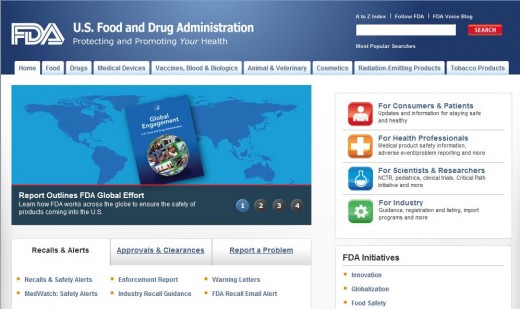
LOCATION AND CONTACT:
The central headquarters for the FDA is located in Silver Spring, Maryland, about 30 minutes north of Washington DC on 10903 New Hampshire Avenue.
Their official address is:
Food and Drug Administration
10903 New Hampshire Ave
Silver Spring, MD 20993-0002
Their Phone Number for general inquiries is: 1-888-INFO-FDA (1-888-463-6332)
FAX: 301-847-3531
Website: www.fda.gov
The FDA has all the Social Networks Covered!
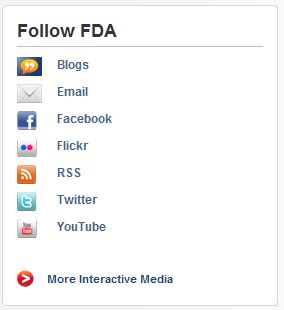
FDA OVERSIGHT:
The FDA is given the responsibility of overseeing a wide variety of U.S. industries.
The primary areas of responsibility and oversight include:
- Food
- Drugs
- Medical Devices
- Vaccines, Blood products, Biologic Drugs
- Animal & Veterinary medicines and food
- Cosmetics
- Radiation Emitting Products
- Tobacco Products
ADMINISTRATIVE STRUCTURE:
The "head" of the FDA is known as the Commissioner of Food and Drugs, and this person reports to the head of Health & Human Services.
These commissioners are typically a Medical Doctor, but are not required to be.
The current commissioner is Margaret A. Hamburg, MD.
The commissioner is appointed by the President upon the advice of the Senate.
According to the FDA website, the FDA currently employs about 11,516 individuals (2009 is the most recently posted data).
Organized around the Commissioner of Food & Drugs are a multitude of "offices" and "centers" each with a "head" leading the organization and staff involved. For example, there is the:
- Office of Counselor to the Commissioner
- Office of Legislation
- Office of Policy and Planning
- Office of Foods
- Office of Medical Products and Tobacco
Beneath this last office (in bold), which is currently run by Stephen Speilberg (no, not the film director), are 4 "centers" which are the:
- Center for Devices and Radiological Health
- Center for Biologics Evaluation and Research
- Center for Drug Evaluation and Research
- Center for Tobacco Products
For a full list of the organization of the FDA, CLICK HERE.
CENTER FOR DRUG EVALUATION AND RESEARCH
The most important branch of the FDA, with respect to the field of pharmacy and medicine, is the Center for Drug Evaluation and Research (CDER).
This is an enormous agency, employing approximately 3,000 full time equivalent employees.
The current head of the Center is Janet Woodcock, MD.
The CDER is divided into a large number of offices, such as the:
- Office of Pharmaceutical Science (OPS)
- Office of Biotechnology Products (OBP)
- Office of Testing and Research (OTR)
- Office of Generic Drugs (OGD)
- Office of New Drug Quality Assessment (ONDQA)
- Office of Regulatory Policy (ORP)
- Office of New Drugs (OND)
NEW DRUGS AND THE FDA
Manufacturers wishing to research and market new drugs in the U.S. must receive the approval of the FDA.
The process involves submitting a series of applications to the Center for Drug Evaluation and Research (CDER).
The process involves - in a very simplified form - 3 basic steps:
1) The Investigational Step - This requires the submission of an IND (investigational new drug) application. Once approved, the next step is...
2) Clinical trials - the manufacturer can now begin the sometimes lengthy and expensive process of testing the drug in human trials. Finally, if all seems positive, they can...
3) New Drug Application - Also known as the NDA. This is the application to get final approval of their new drug and bring it to the U.S. market for sale, either as a prescription or OTC product.

